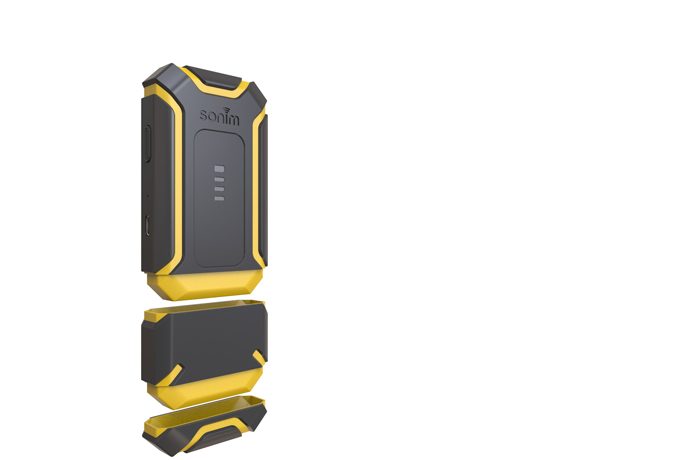
As the Mobile World Congress gets well underway, drones and Internet of Things are a hot topic. IoT devices such as drones, connecting to each other and to the cloud, represent a huge opportunity to network and chip providers. With it’s major investments in drone and IoT, Intel has been at the forefront of the new technology, determined not to be left out of the new market. And at the MWC, writes Dipti Vachani, Intel’s VP, Internet of Things Group, Intel unveils a new category of “ready-to-deploy commercial LTE-based devices,” pushing new IoT technology into the market in a matter of weeks.
“The ‘always on,’ highly available and secure characteristics of the cellular-based network offer many competitive advantages,” writes Vachani. “However, LTE-based cellular networks traditionally require extra regulatory restrictions and several months of planning and coordination. Not to mention, the development, testing and evaluation costs for network certification could require upwards of $1 million and take as long as a year to design, develop and deploy a solution.”
Intel is dealing with the problem by introducing a new category of devices via the Intel LTE IOT Quick Deployment (Itel LIQD) Program. AT &T will be the first major carrier to work with Intel. By utilizing pre-built tools, developers can eliminate the technical problems of building custom solutions.
Intel says that Sonim Technologies are their first OEM partner, and describes their solution: “The XPi device*2 is the first device from Sonim in this category of quick deployment, ultra-rugged industrial IoT devices. The commercial device comes with carrier pre-certification and a configurable set of embedded sensors, which can be securely managed remotely. The XPi is based on the Intel® Quark™ SE Microcontroller C1000, (Sierra Wireless HL Series module*), and offers users a scalable IoT sensor platform with Bluetooth Smart connectivity and the capability to access AT&T’s platform solutions (M2X). With these key building blocks, enterprises are able to deliver turn-key asset and condition monitoring applications for a variety of different usage scenarios with minimal engineering effort.”
Intel says “the possibilities are limitless,” for commercial IoT devices – estimating the connected device market at $50 billion by 2020.
Miriam McNabb is the Editor-in-Chief of DRONELIFE and CEO of JobForDrones, a professional drone services marketplace, and a fascinated observer of the emerging drone industry and the regulatory environment for drones. Miriam has penned over 3,000 articles focused on the commercial drone space and is an international speaker and recognized figure in the industry. Miriam has a degree from the University of Chicago and over 20 years of experience in high tech sales and marketing for new technologies.
For drone industry consulting or writing, Email Miriam.
TWITTER:@spaldingbarker
Subscribe to DroneLife here.